Introduction to Telugu Food Pastes
Telugu cuisine, hailing from the Indian states of Andhra Pradesh and Telangana, is renowned for its vibrant flavors and rich culinary heritage. Central to this cuisine are food pastes, which play a transformative role in creating dishes that are not only appetizing but also full of authentic flavors. These pastes serve as the heart of many traditional recipes, acting as a base that brings together an array of ingredients to create harmonious, balanced meals.
One of the remarkable aspects of Telugu food pastes is their versatility. They can be used in a variety of ways—whether blended into a spicy curry, mixed into a hearty dal, or used as a marinate for meats and vegetables. By incorporating spices, herbs, and other aromatic elements, these pastes enhance the taste profile of a dish, making them essential components in Telugu cooking. Common ingredients found in these pastes include coconut, sesame seeds, peanuts, and an assortment of spices, each contributing to the unique flavor signature of Telugu cuisine.
Moreover, the preparation of these pastes often involves traditional methods, such as grinding on a stone mortar and pestle, which many believe enriches the flavors and maintains the integrity of the ingredients. This time-honored technique reflects the cultural significance of food in Telugu society, where culinary practices are celebrated and passed down through generations.
In exploring the various Telugu food pastes, one gains insight into the complexity and depth of this cuisine. Each paste serves as a gateway to understanding not only the ingredients that define the food but also the traditions and history embedded within them. As we venture further into specific pastes used in Telugu cooking, it becomes clear how these essential elements contribute to the region’s culinary identity.
Popular Telugu Pastes and Their Culinary Uses
Telugu cuisine is renowned for its vibrant and rich flavors, largely attributable to a variety of aromatic pastes. These pastes not only serve as foundational elements but also enhance the overall taste of various dishes. Among the most popular pastes, biryani paste stands out for its role in preparing the beloved Hyderabadi biryani. Typically made from a blend of spices including coriander, mint, and saffron, this paste is integral for imparting a unique aroma and depth of flavor.
Garlic paste and ginger garlic paste are also staples in Telugu kitchens. Both are prepared by grinding fresh garlic or ginger, respectively, to create a smooth paste. These pastes are essential for a multitude of dishes, offering a strong foundation for curries, dals, and stir-fries. The balance of ginger’s zest with garlic’s pungency creates a harmonious blend that elevates the simplest of recipes.
Ginger paste is slightly different, often consisting solely of ground ginger. It is utilized prominently in savory dishes and desserts alike. Meanwhile, gongura paste, made from the sour leaves of the gongura plant, is traditionally used to enhance the flavor of rice dishes and non-vegetarian curries, providing a distinctive tangy taste that characterizes authentic Telugu meals.
Pulihora paste is another notable example, primarily used to prepare pulihora, a tangy tamarind rice dish. The ingredients typically include tamarind pulp, spices, and peanuts, creating a delectable taste. Similarly, tamarind paste is versatile, commonly used to add sourness to a variety of dishes. Non-veg curry paste and veg curry paste each have their unique recipe combinations, incorporating various spices and elements that cater to their specific dietary preferences.
These pastes are more than mere condiments; they are essential in crafting the rich tapestry of flavors inherent in Telugu cuisine. By understanding their preparation and applications, one can delve deeper into the culinary heritage that defines this vibrant regional fare.
Health Benefits of Telugu Food Pastes
Telugu food pastes are not only a culinary delight but also a reservoir of health benefits, primarily due to their key ingredients such as garlic, ginger, and tamarind. Each of these elements contributes significantly to overall wellness, providing both flavor and nutritional value to an array of dishes.
Garlic, a staple in many Telugu pastes, is renowned for its numerous health advantages. It contains compounds like allicin, known for its anti-inflammatory and antioxidant properties. Regular consumption of garlic can help in reducing blood pressure and cholesterol levels, thereby promoting cardiovascular health. Furthermore, its immune-boosting capabilities enable the body to ward off infections more effectively.
Another essential ingredient, ginger, is celebrated for its digestive benefits. It can alleviate gastrointestinal discomfort and has been shown to reduce nausea and muscle pain. Additionally, ginger possesses anti-inflammatory properties that can help in conditions such as arthritis and other inflammatory diseases. By incorporating ginger into food pastes, one can enhance not only the flavor but also the nutritional profile of meals.
Tamarind, often used in Telugu cuisine, adds a tangy flavor that elevates dishes without excessive sodium. Its high antioxidant content aids in fighting oxidative stress, while its fibrous texture promotes digestive health. Tamarind is also known for its detoxifying properties, supporting liver function and enhancing metabolic processes.
Using these ingredients in Telugu food pastes allows for a balanced diet enriched with natural flavors. As such, Telugu food pastes serve as a beneficial addition to meals, contributing to overall health while minimizing the need for added salt and fat. This makes them an ideal option for those looking to enjoy flavorful dishes without compromising their health.
Seeking Global Distribution: The Market Potential for Telugu Pastes
The growing global interest in ethnic cuisines is reshaping the culinary landscape, presenting a significant opportunity for Telugu food pastes to capture consumers’ attention worldwide. With increasing multiculturalism and awareness of diverse food traditions, these pastes offer a gateway to authentic Telugu flavors that resonate with both ethnically diverse communities and culinary adventurers alike. The market potential for these products is expanding, driven by the global demand for convenience, flavor, and authenticity.
One of the key factors driving the appeal of Telugu food pastes is their versatility. They serve as a base for various dishes, catering to consumers seeking authentic Indian cuisine without the time-consuming process of preparing spices and ingredients from scratch. Consequently, brands should consider leveraging diverse distribution channels to reach a wider audience. These may include online retail platforms, specialty ethnic grocery stores, and partnerships with mainstream supermarkets that have begun incorporating ethnic food sections in their offerings.
To successfully promote Telugu pastes within international markets, brands should prioritize maintaining authenticity while also appealing to a broader audience. This can be achieved through innovative marketing strategies that highlight the unique aspects of Telugu cuisine, such as the emphasis on fresh ingredients and intricate flavor combinations. Engaging storytelling can provide context to the pastes, informing consumers about their origins and traditional uses in Telugu cooking. Furthermore, incorporating modern marketing techniques, such as social media campaigns and influencer partnerships, can significantly enhance visibility and encourage trial among potential customers.
Ultimately, as the world continues to embrace diverse culinary traditions, the potential for Telugu food pastes in the global market remains promising. By carefully crafting brand messaging and maintaining a focus on authenticity, producers can carve out a niche for these pastes and expand their reach, contributing to the global appreciation of Telugu cuisine.
Conclusion
Telugu food pastes represent a remarkable aspect of regional Indian cuisine, offering an array of flavors and culinary techniques that enhance cooking experiences. These pastes, intricately crafted from a blend of spices, herbs, and sometimes vegetables, serve as a gateway to authentic Telugu flavors. By integrating these pastes into daily cooking, home chefs can easily elevate their dishes, achieving intricate tastes that may otherwise be challenging to replicate.
The simplification that Telugu pastes bring to the cooking process should not be understated. With pre-prepared pastes on hand, individuals can save considerable time while still creating meals that are rich in flavor and tradition. This convenience encourages experimentation, inviting cooks of all skill levels to explore the versatility of these pastes in a variety of dishes, from traditional curries to innovative fusion meals. Furthermore, it fosters a deeper appreciation for regional cuisines, allowing individuals to engage with and promote the rich culinary heritage of Telugu food.
As we embrace the use of these pastes, we also contribute to the broader narrative of preserving and celebrating regional flavors in a globalized food landscape. In a world where culinary practices and ingredients are increasingly homogenized, Telugu food pastes stand as a vibrant testament to the richness of local traditions. We encourage readers to incorporate these pastes into their culinary repertoire—by doing so, not only do they experience the authentic tastes of Telugu cuisine, but they also support the knowledge and traditions that have been passed down through generations.
Ultimately, the exploration of Telugu food pastes is not just about flavor; it is about connection—between the cook, the ingredients, and the cultural stories they tell. Let this be an invitation to delve into the world of Telugu pastes, enhancing meals while celebrating the authenticity and diversity of regional food practices.

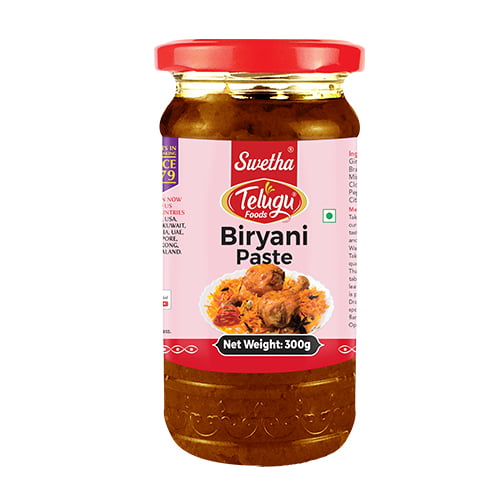





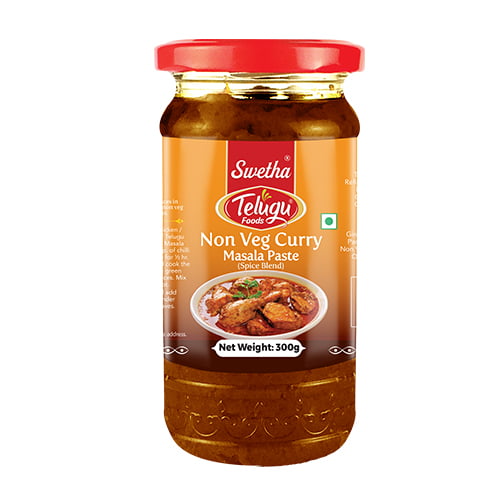




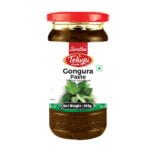




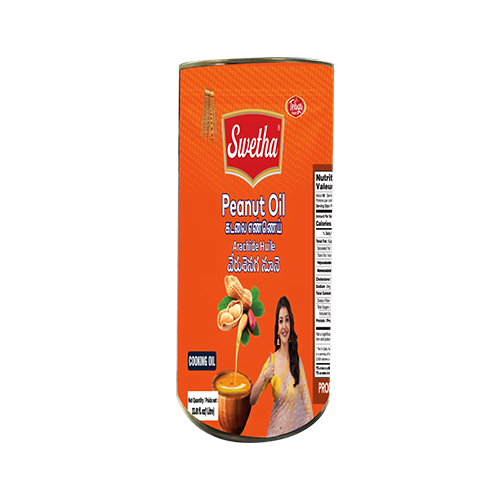



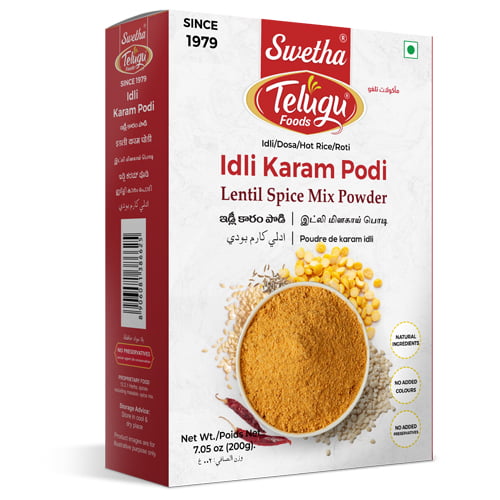
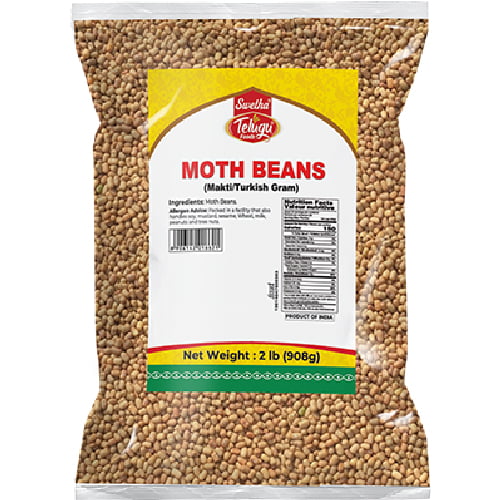
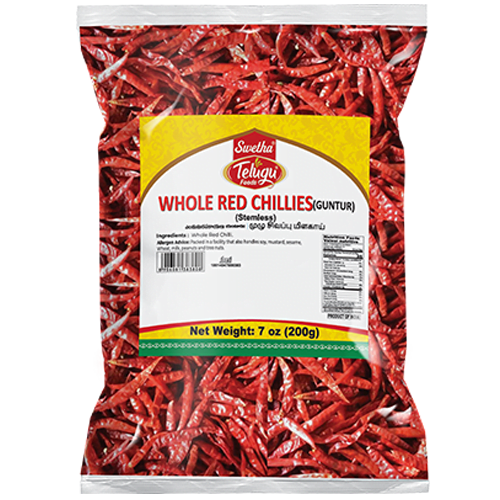
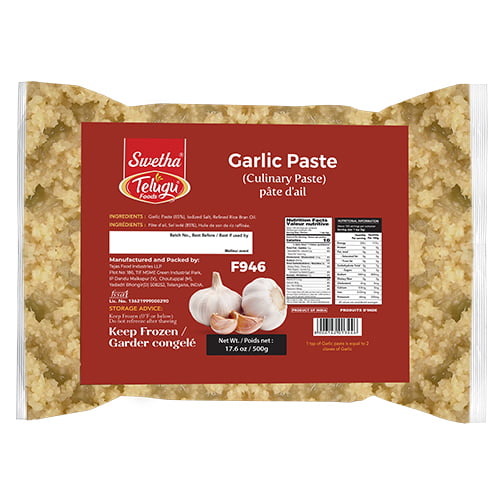



Reviews
Clear filtersThere are no reviews yet.